
In the modern age, many people who are looking to adopt dogs live in small apartments or places without any gardens. While this is fine for many breeds, there are others whose energy, athleticism, and instincts make them a bad fit for living indoors.
These hunting dogs have a long lineage in specialized hunting, meaning they are suited to places with a lot of space to roam free and get their energy out.
While many believe that all dogs can be happy indoors, this isn’t the case for the following breeds, who really need space to thrive and be the happiest they can be in life.
Chesapeake Bay Retriever

The Chesapeake Bay Retriever is an amazing breed that has a history of hunting waterfowl. They were praised for their ability to dive into the water and retrieve waterfowl in frigid conditions.
Part of their adaptions is a thick, oily coat and amazing endurance, helping them to swim in icy waters. The breed may not hunt waterfowl anymore, but their instincts are still there, and they love demanding jobs that require exercise.
If they are kept inside, they may turn their energy into destructive behavior, and some owners have reported that their Chesapeake refuses to come inside, preferring to stay outside.
Jack Russel Terrier
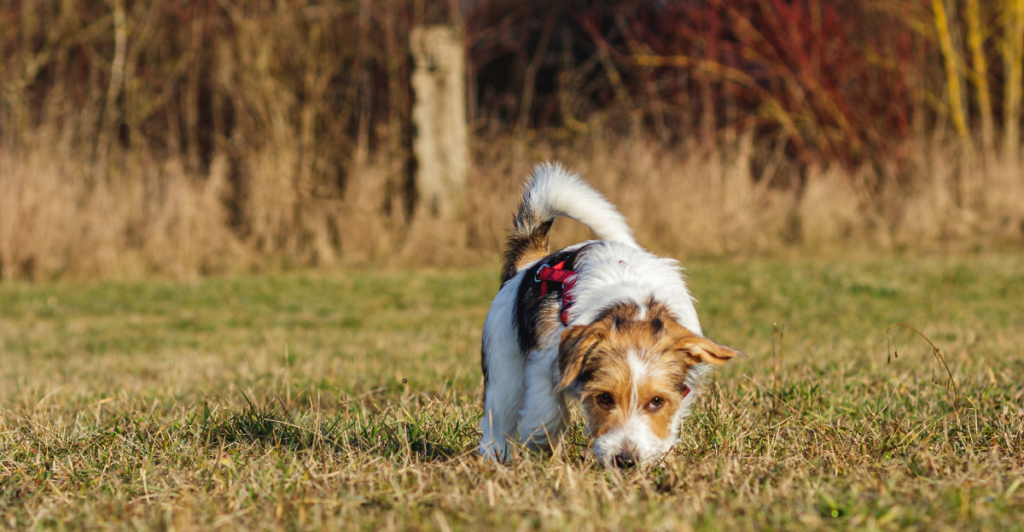
The Jack Russel Terriers may be small dogs, leading some to believe that they’d make great apartment dogs; they have a history of being hunters and bred to chase small game-like rabbits and foxes for prolonged periods through tough terrain like undergrowth and burrows.
This means that they have unmated energy levels and need frequent exercise to thrive. If they are kept indoors for long periods, they can become quite destructive, looking for “jobs” to do that often result in chewing furniture or barking endlessly.
Short walks aren’t enough, and they need open spaces to work their energy out of their system.
German Shorthaired Pointer
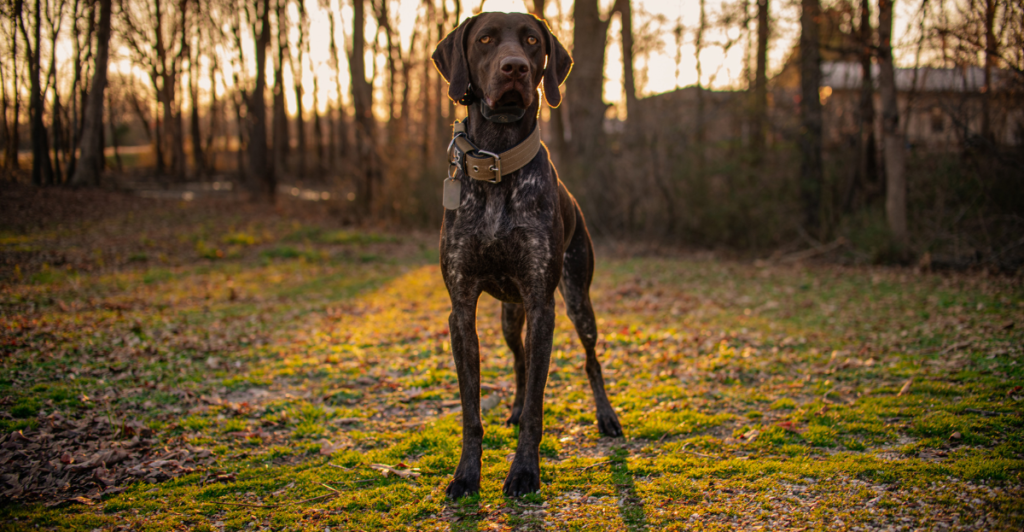
There might not be a better multitasker than the German Shorthaired Pointer. They are great breeds that excel in upland hunting, historically retrieving waterfowl and tracking.
They have a high intellect and an equally high prey drive which can manifest indoors, where they often stalk and “hunt” inanimate objects in their owner’s home. They are bred for action, and if they aren’t physically stimulated they can be restless animals.
If denied outdoor activities, they can develop obsessive behaviors, like pacing around or shadow-chasing. They need a varied and challenging environment, so a big backyard and frequent walks to parks are recommended. They love unpredictability and excitement.
Weimaraner
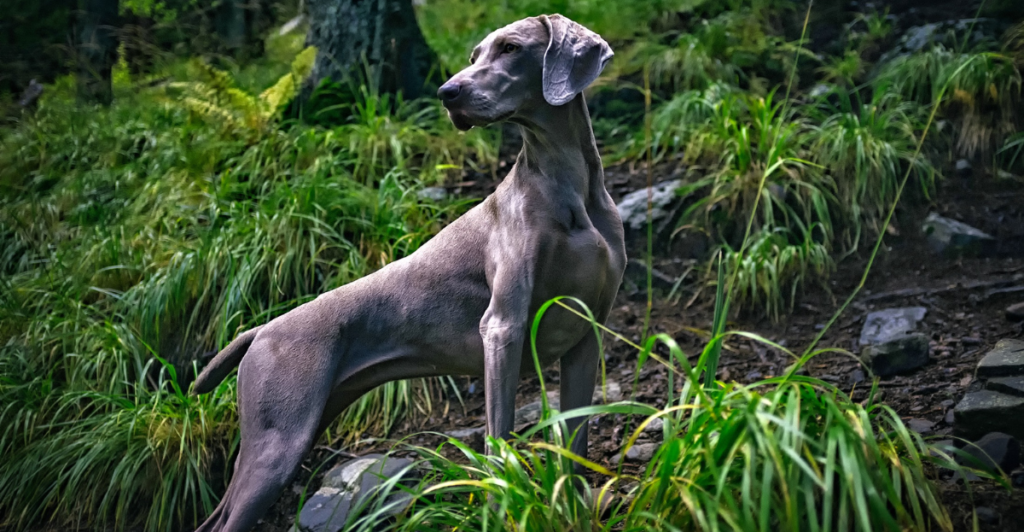
The Weimaraner is a powerful and intelligent breed with a lot of energy. They were originally bred by nobility in Germany and were designed to aid in big game hunting.
They are obsessed with adventure and can be restless if denied the outdoors. Historically, Weimaraners would follow their noble owners on multi-day hunts, having little time to sit idle or rest.
They need plenty of mental and physical exercise which can be demanding for inexperienced owners. Daily runs and mental games can aid in keeping the Weimaraner satisfied at home, but they still need an extensive outdoor space to truly thrive.
Beagle
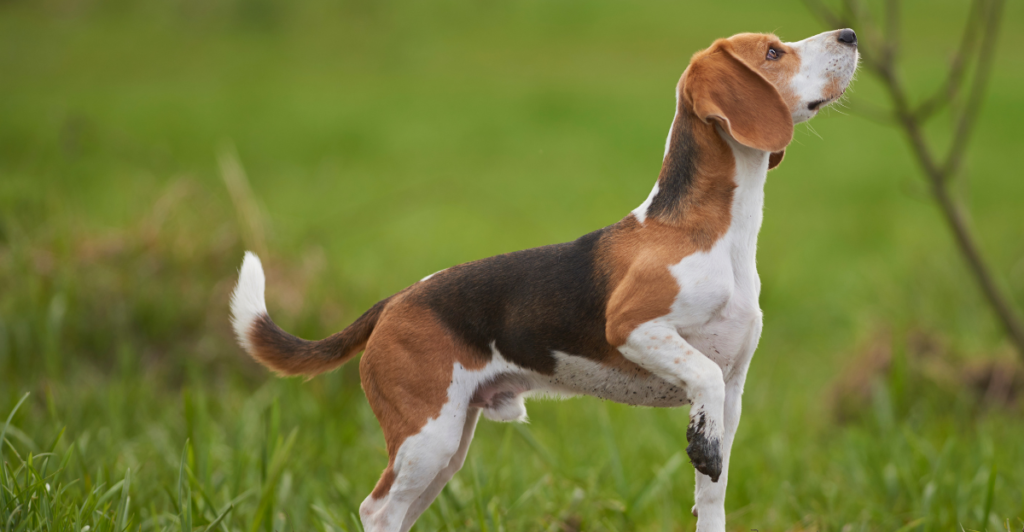
Beagles may look like they would make good indoor dogs due to their smaller size, but they have a long history of hunting. They have amazing noses, which allow them to historically track small game during hunts.
They have such a strong sense of smell that their curiosity can get the better of them, and they can wander off after catching a scent. This means that they have been seen digging under fences to get out of their backyards just to follow a trail.
These traits are not suited to indoor environments, and they can lead to whining or barking, as well as destructive digging. Beagles are curious canines that thrive outside and need the proper stimulation.
American Foxhound
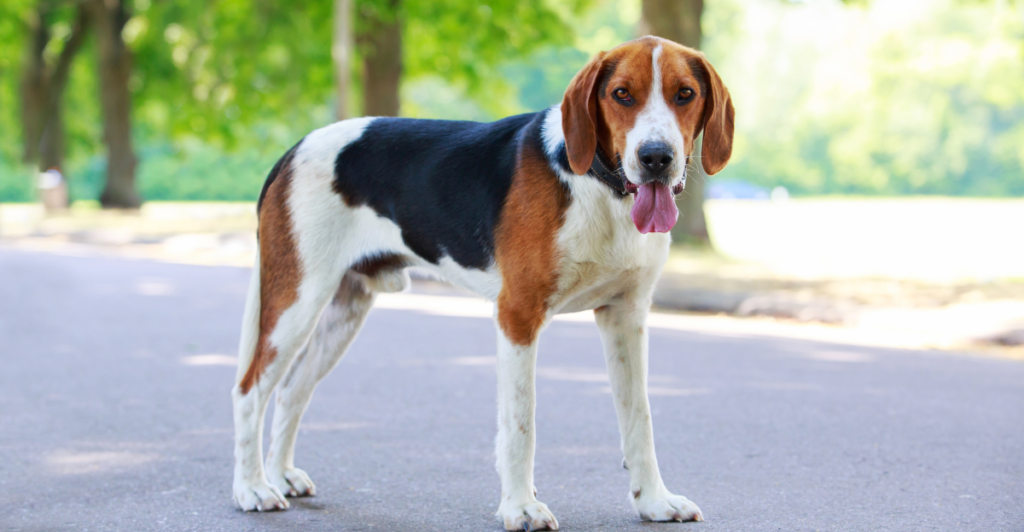
American Foxhounds are bred for two things; stamina and speed. They were originally bred to be specialists when it came to fox hunting, meaning that they would cover miles of open terrain during fox hunts.
They require a lot of frequent exercise, meaning that even the most active families might struggle to keep them satisfied. Historically, the hunts they would take part in would entire days and cover a lot of miles.
They are an independent breed and have a relentless drive, so they are happy when they have the freedom to run back and forth at their own pace.
Boykin Spaniel
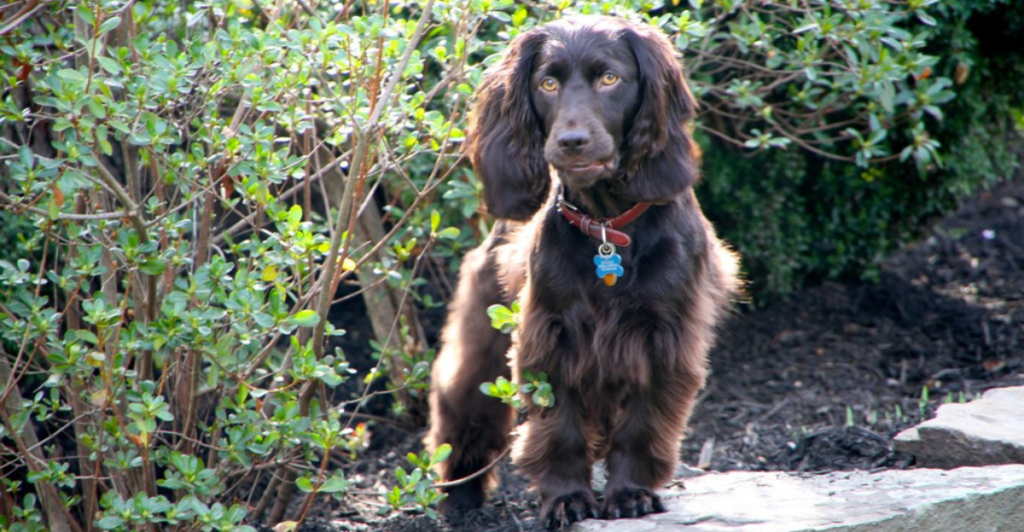
The Boykin Spaniel has boundless energy, drive, and versatility that contrasts with its rather compact size. They were originally bred to hunt wild turkeys and waterfowl in South Carolina’s swamps. This background means that they prefer dense, challenging environments where they can be consistently mentally and physically stimulated.
They have a keen sense of smell coupled with an eagerness to retrieve, which makes them want to be outdoors rather than confined inside.
They can often get into mischief if left alone indoors, and some owners have reported that they invent elaborate games or escape their confinement to be outdoors. Having a space to be outside is crucial for the wellbeing of these canines.
Pharoah Hound
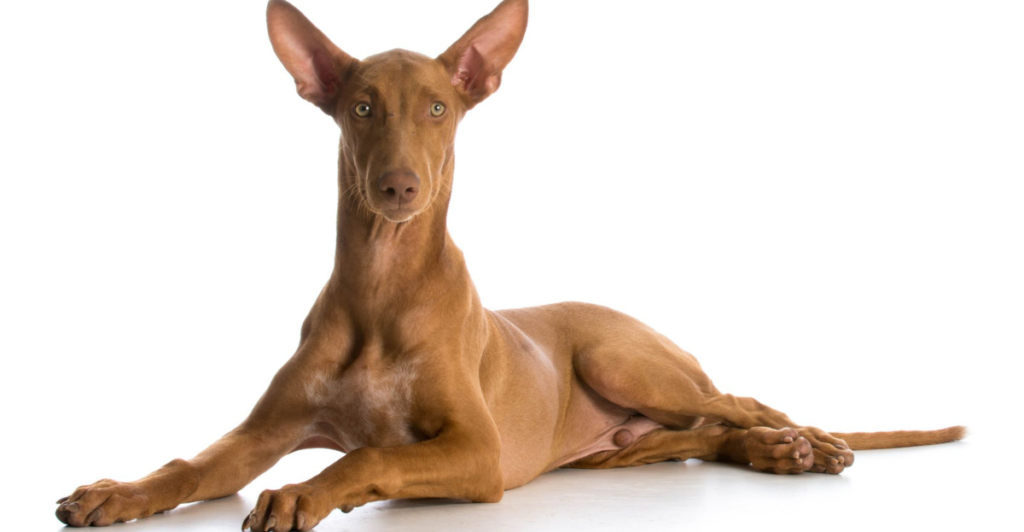
The Pharaoh Hound traces their history back to the hunting dogs of ancient Egypt. They are a relic of a time when dogs were seen as divine protectors and equally important hunters.
They are sleek, long-legged dogs that that would hunt antelope across the harsh desert. In order to complete hunts, they developed amazing speed, vision, and independence.
These dogs were rarely kept confined and had the freedom to roam anywhere they wanted. Modern Pharoah Hounds keep a lot of these traits, and may become anxious if confined to an indoor space.
Irish Wolfhound
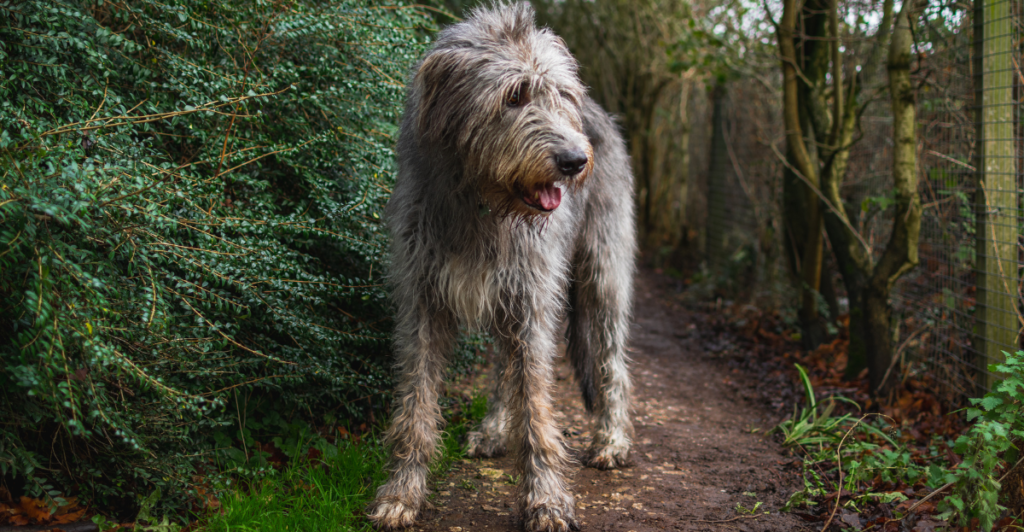
The Irish Wolfhound is one of the oldest hunting breeds. They demand large outdoor spaces and a lot of exercise to satisfy their natural instincts. Their endurance and strength aided them in long hunts, meaning that they do best in outdoor scenarios.
Irish Wolfhounds can be restless animals if they are kept indoors and don’t have large spaces to roam at their own pace. They need the freedom of the outdoors to thrive and be happy, which means that apartment living is a big no for this giant.
Explore more of our trending stories and hit Follow to keep them coming to your feed!

Don’t miss out on more stories like this! Hit the Follow button at the top of this article to stay updated with the latest news. Share your thoughts in the comments—we’d love to hear from you!







